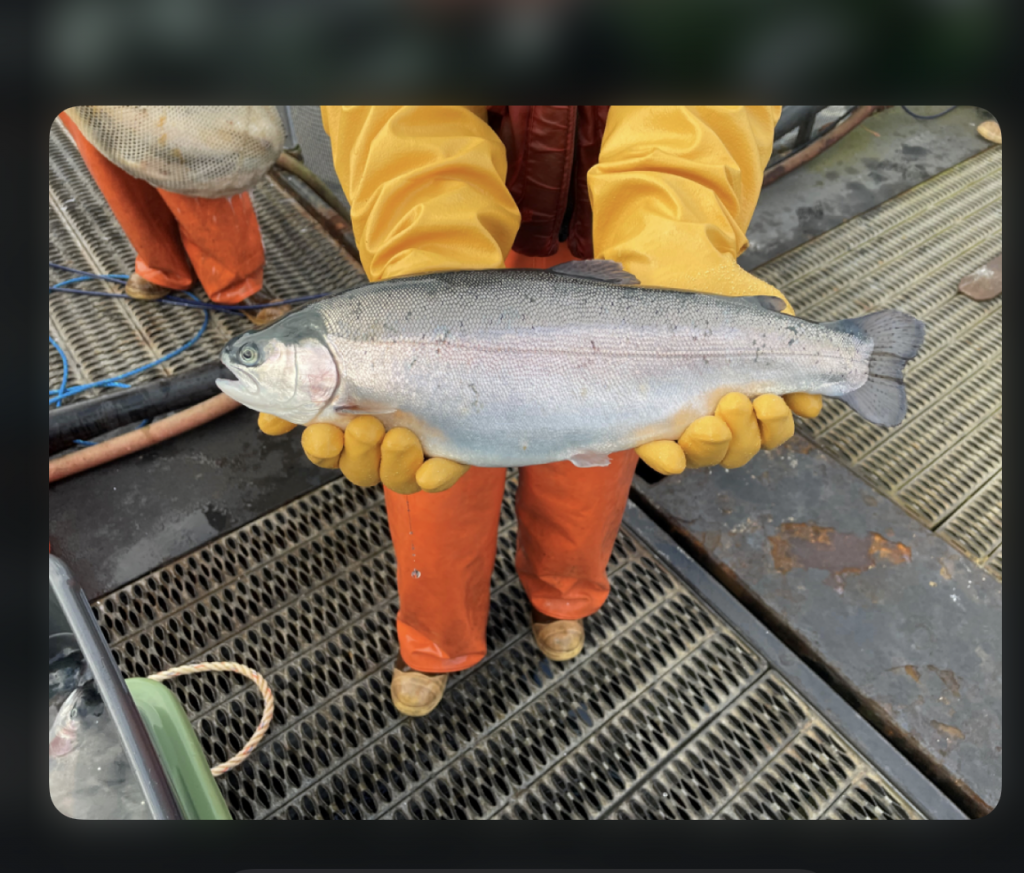May 9, 2024 — Orcas, also known as killer whales, are incredible creatures. Their undeniable intelligence, complex social structures, impressive communication skills and collaborative hunting strategies have captured the wonder of humans for centuries.
Despite their name, “killer whales” aren’t true whales–they are, in fact, “oceanic dolphins.” Generally, whales tend to be larger and have more elongated bodies compared to dolphins.
Orcas and other oceanic dolphins typically have more streamlined, agile bodies with pronounced beaks and a dorsal fin that is often more prominent and curved. In contrast, many whale species have larger, bulkier bodies with smaller dorsal fins relative to their size.


